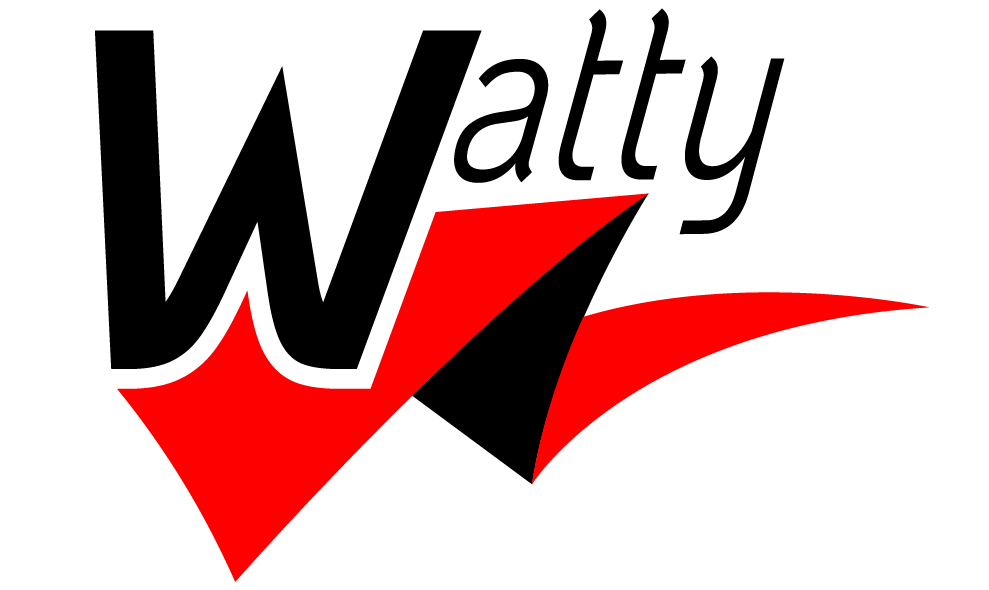Escape - Watty's Vented Version
Background
Escape is an open source kite from Ulzburger Kites, and you can find the original plans here
When preparing to participate in Team USA at the 2024 World Kite Cup, we used Escapes for dual line pairs, and dual line individual. In order to compete, I needed to come up with some vented versions. I ended up with a light-vented, and a heavy vented version of the Escape.
Light Vented
The light vented has a bit of mesh along the channel of the sail, as well as a bit on the tail. The channel mesh is intended to reduce pressure, primarily. The tail mesh is intended to help with a fade. I've generally been very pleased with how this version behaves, and I don't think it takes away from the behavior of the kite much.
The light venteds were built with Ottertex Ripstop 70D PU-Coated Nylon and framed as follows:
- Upper Spreader: 5mm pultruded carbon
- Lower Spreader: Skyshark Nitro Strong
- Spine, Leading Edge: Skyshark P3X
- Standoffs: 3mm solid carbon
Heavy Vented
The heavy vented has added mesh near the lower spreader along the leading edge, on the keel inbetween the spreaders, and across the body. I built these with the mesh across the body to be variable vented. After flying them, the variable venting didn't seem to be particularly useful, we just left them uncovered. The goal with this sail was just to have something that would fly in up to 27mph wind. These fly okay, but I found myself having much more difficulty doing cometes with them.
The heave vented is also built with Ottertex Ripstop 70D PU-Coated Nylon and it is framed as follows:
- Upper Spreader: 6mm pultruded carbon
- Lower Spreader: Skyshark Nitro Strong
- Spine, Leading Edge: Skyshark P400
- Standoffs: 4mm solid carbon
Other adjustments to the plan
- Added markings for mylar reinforcement on the wingtips and the tail.
- Expanded the opening for the lower spreader / leading edge connection for easier LE disassembly
- Changed the lower spreader / spine opening to a more narrow strip. I didn't like how the rhombus opening tended to get distorted by tension along the spine. This new shape holds the spine's shape better.
Other unwritten tweaks
- The original plan calls for shortening the lower leading edge instead of the upper leading edge. I do the opposite. The impacts of this are:
- Stronger leading edge. The original approach puts the end of the ferrule very near the lower spreader. The end of the ferrule is a weak point, and the lower spreader connection is a stress point. So, putting these together is a recipe for broken lower leading edges
- Easier replacement of the lower leading edge. Upper leading edges rarely break. When the lower leading edge breaks with this configuration, it is very easily replaced with a new full-length spar
- Slightly longer folded kite. With the shorter spar in the upper leading edge, when the leading edge is folded, the lower leading edge will stick out past the nose of the kite, making its final packed length a bit longer
- The original plan calls for cutting the lower spreader's tapered Nitro spars on the wide end. I do the opposite and cut the spars on the narrow end. The impacts of this are:
- A stronger lower spreader. The wide end of tapered spars are made thicker and stronger to support being ferruled. If you cut from the wide end, you are removing this reinforced section of the spar.
- Lower likelyhood of ferruling issues. A short length of the spar on the thick end is straight, before it starts to taper. If too much of the thick end is cut off, then the tapering can start to collide with the ferrule, keeping it from fitting appropriately. I don't think this was necessarily an issue with the original plan, but it's a good general practice.
The plan
For the most part, you can follow the original plan on Ulzburger's website, or in English on Kareloh.com.
Here is my modified blueprint that adds references for the modifications described above:
Escape-2020-Plan-With-Vents.pdf
Builds
See all of my Escape builds below:


















